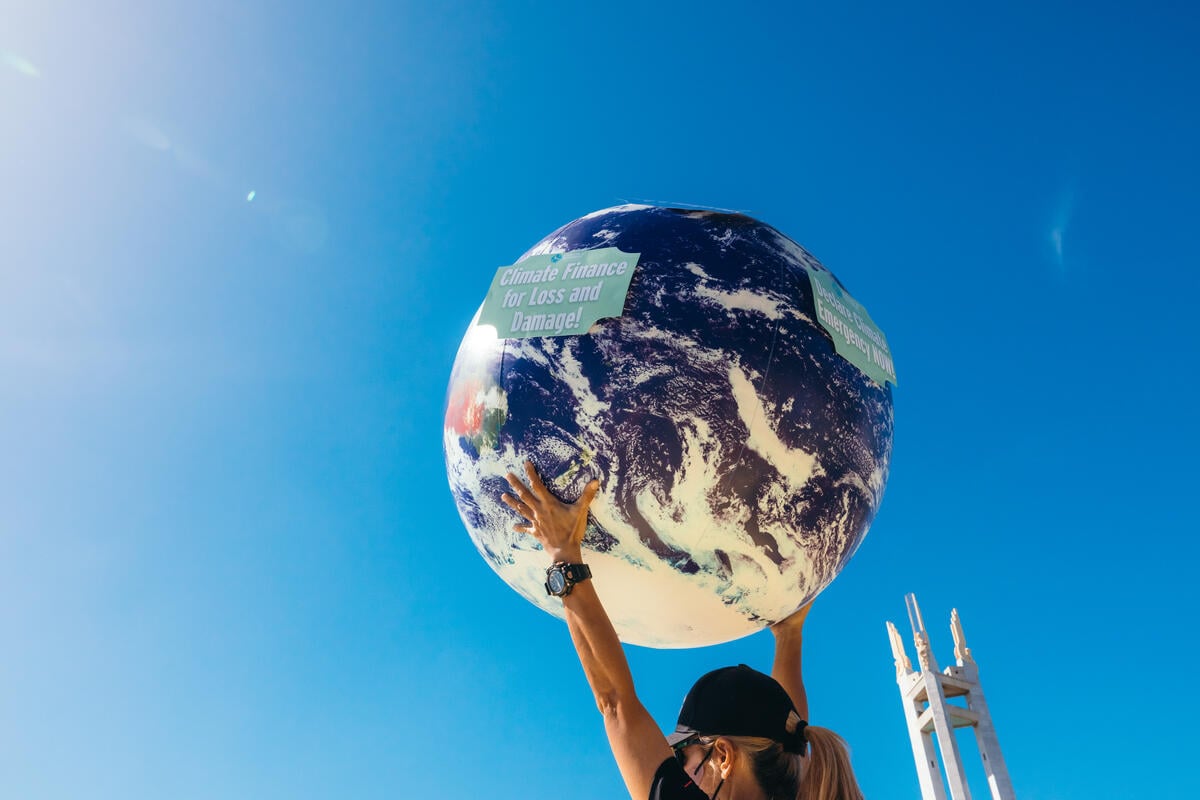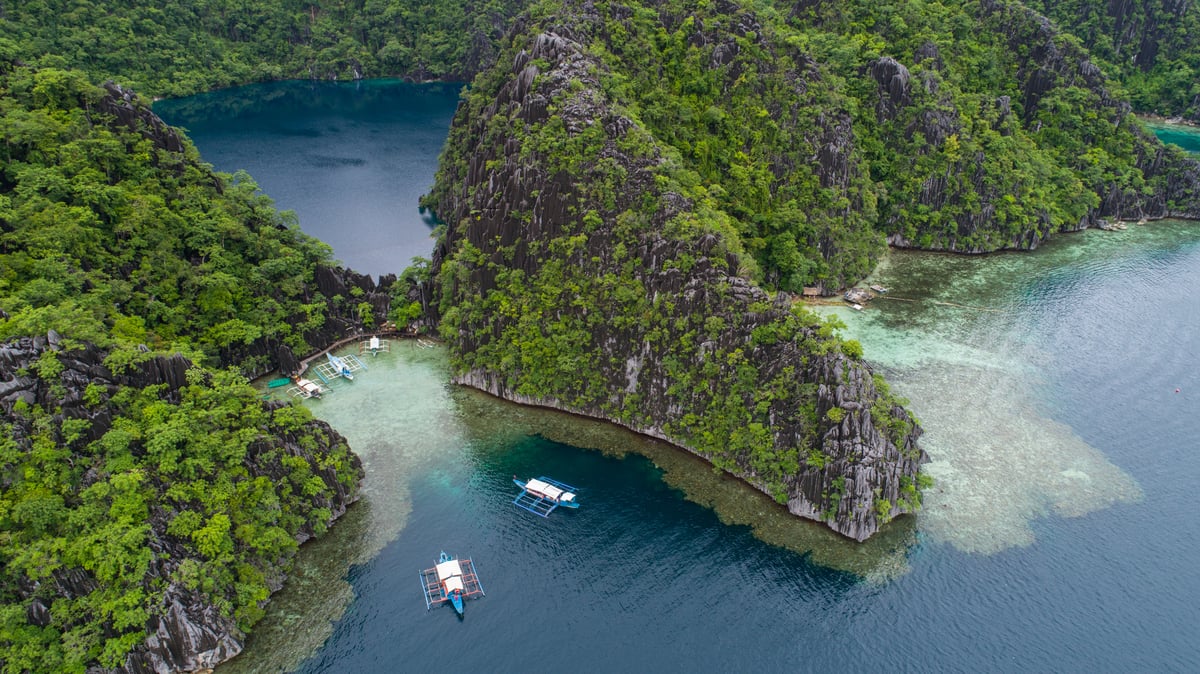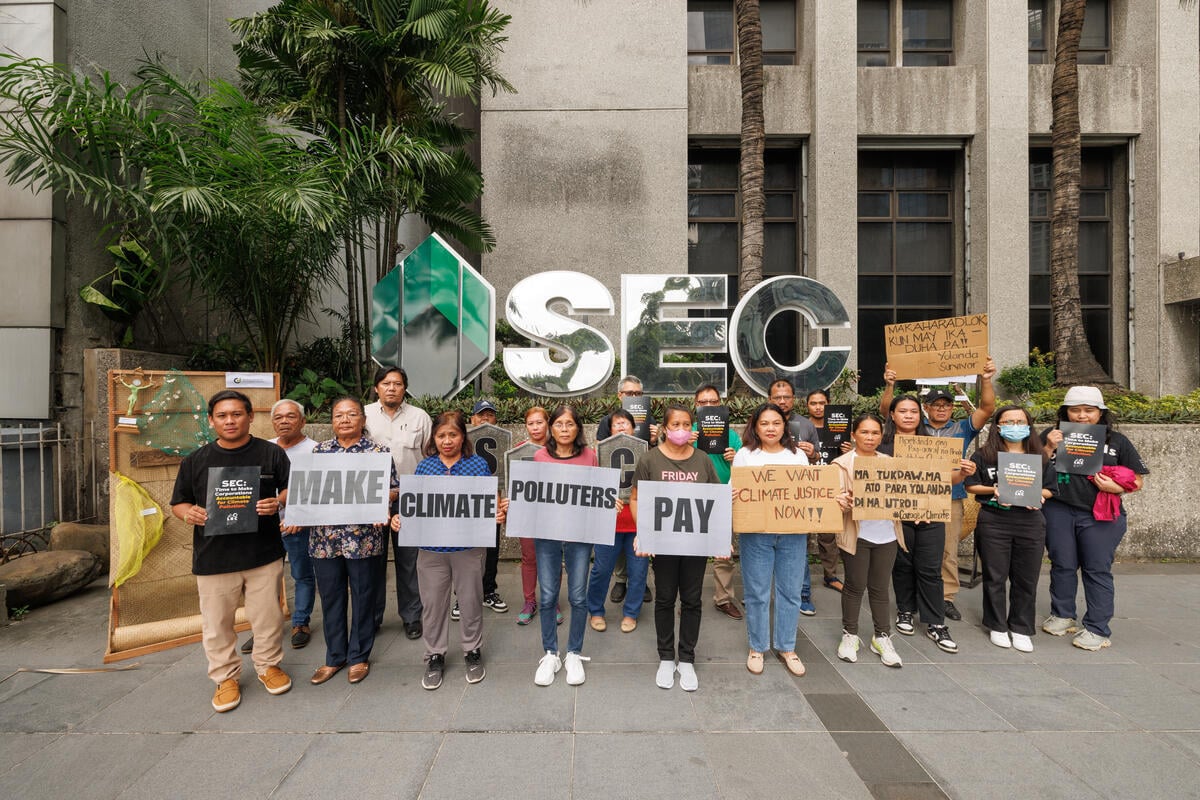When we think about environmental hazards, we often think of the same culprits like plastic waste, burning of fossil fuel, electronic waste, and deforestation. Very seldom do we think about clothing and textiles as a major proponent to pollution when in fact, it is one of the top sources of pollution around the world. Many countries have dedicated dump sites just for used clothing, and their sizes grow every year.
Besides textile waste, the fashion industry also produces roughly 10% of global carbon emissions. The fashion industry today also makes use of synthetic materials like polyester which uses up more resources to develop. Similar to plastic, there are some materials that do not biodegrade. All these are reasons enough to look at the fashion and textile industry and think of more sustainable ways of addressing this problem.
Buying from local brands that locally source their materials is a good start. Doing so in a large scale could lessen the logistical carbon footprint of shipping tons of textiles into our country. Secondly, look for brands that use traditional Filipino textiles and fabrics. Because compared to regular textiles like cotton, most local textiles are more sustainable. They are sourced ethically, they biodegrade, they don’t require as much water when growing, and supporting brands that use these textiles can give them a chance to be more competitive in a market that’s filled with global brands. Here are some local brands that champion our very own textiles.
This Mindanaoan-inspired brand showcases the unique weaving skills of the T’boli mixed with a sustainable material in the form of Abaca. This endeavor began as a partnership with a T’boli mother-daughter tandem and has grown to cover clothing and accessories. Some designs even take inspiration from other cultures as seen in their wares such as their kimono jackets.
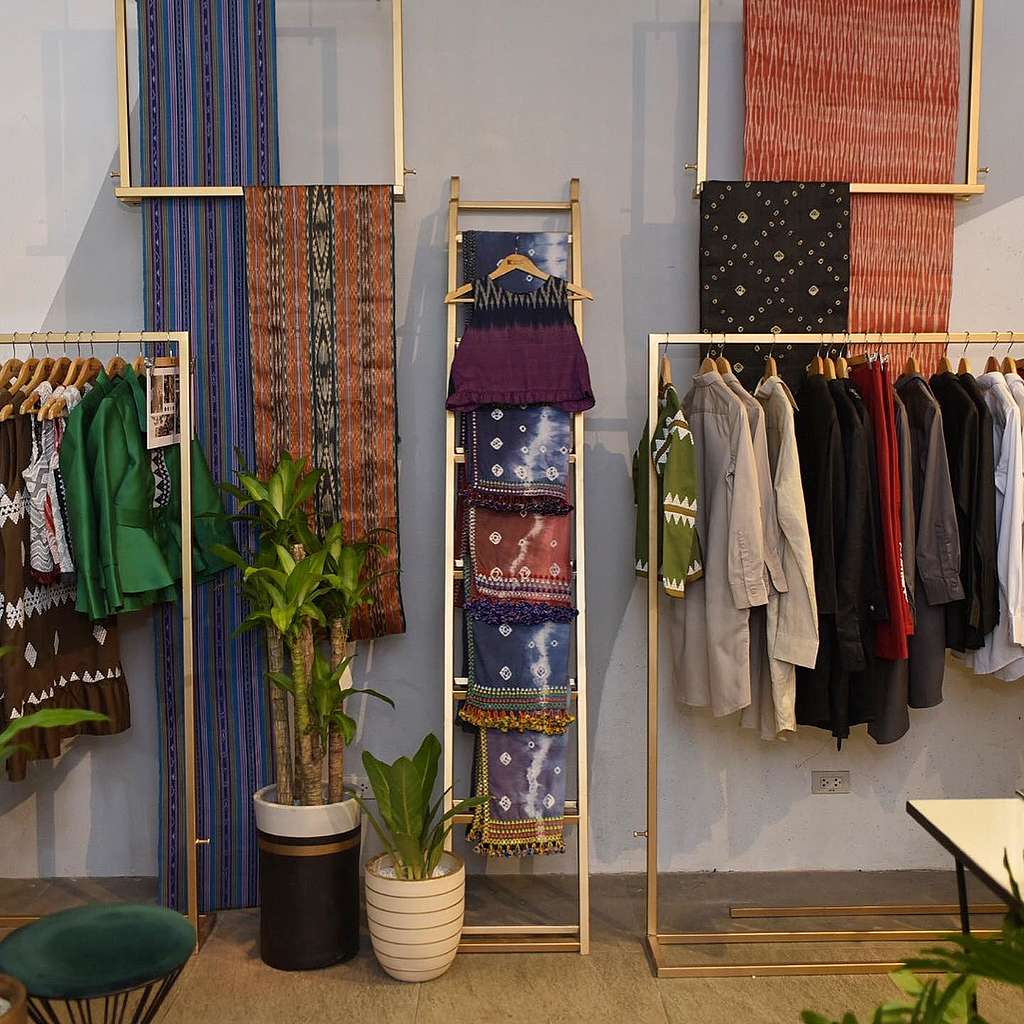
Rurungan sa Tubod Foundation, Inc.
Piña fiber is one of the country’s most popular textile but is mostly utilized in ceremonial wear such as barongs. Fortunately, piña weaving has evolved over the years. At the forefront of promoting piña weaving technology, Rurungan Sa Tubod aims to create alternative livelihood for women in Palawan. What makes piña fiber such an amazing textile is its breathability and sheer durability.
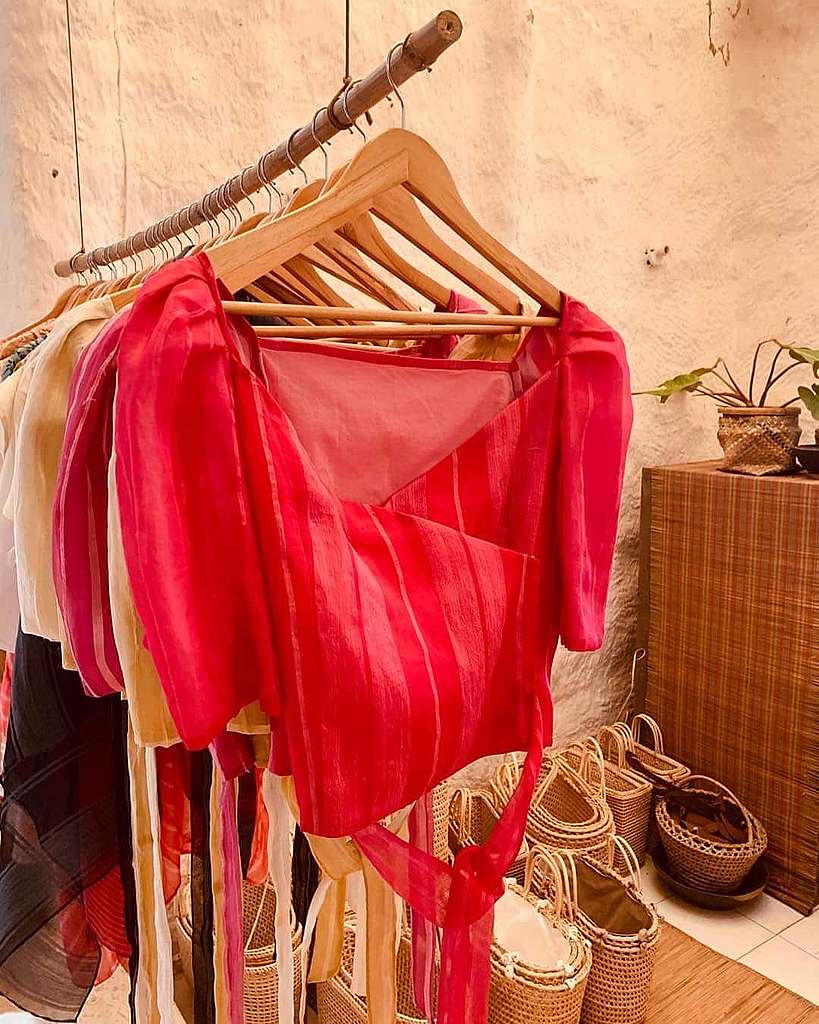
Unlike the previous two brands, Good Luck Humans makes use of premium-quality textiles that have been recycled. What the brand may lack in locally sourced materials is made up with centuries-old hand-sewing techniques that showcase local Filipino mastery at the craft. This brand is perfect for women who are looking for quirky guilt-free clothing.
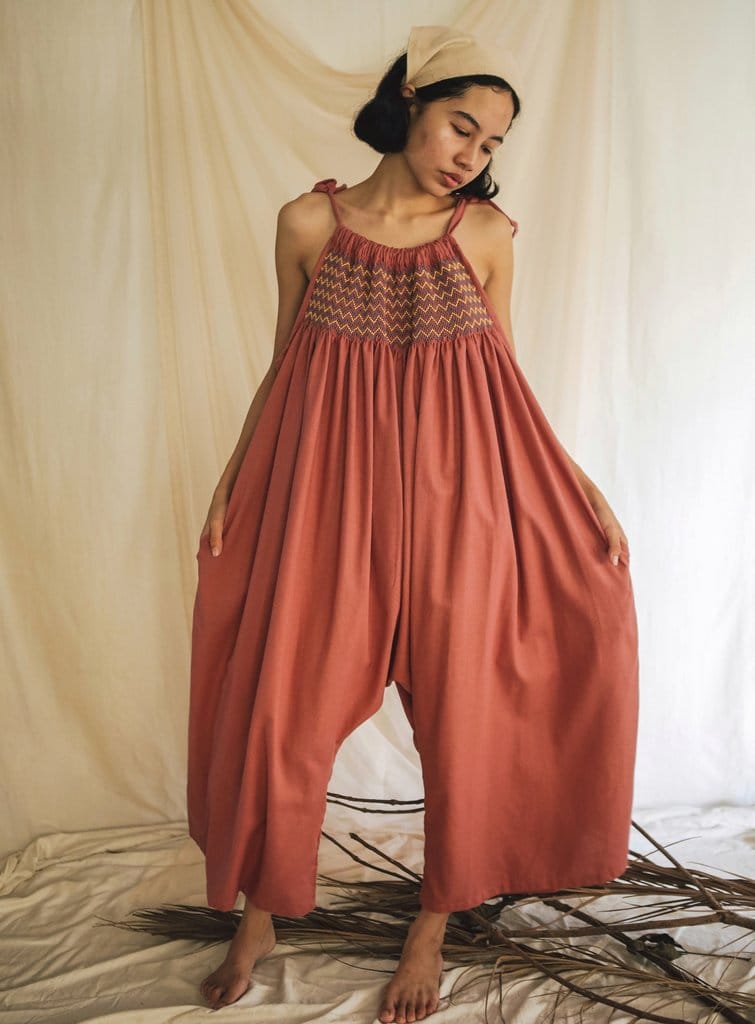
Visit the page below to know more about why we should love local and how we can support local businesses to transform our cities:

